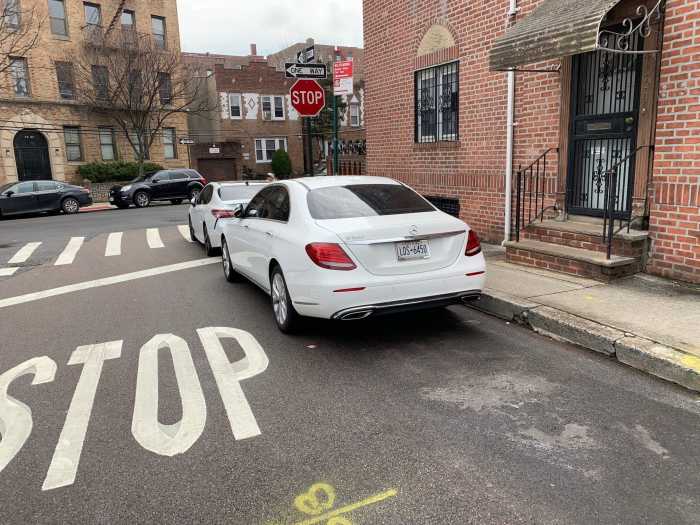(StatePoint) If you don’t know much about kidney health and treatment, it’s important to get informed. Kidney disease is common and can be deadly.
In fact, kidney disease is the ninth leading cause of death in America, according to the National Kidney Foundation, and the Centers for Disease Control and Prevention estimates that one in three Americans are at risk for kidney disease.
Risk factors include high blood pressure, diabetes and a family history of a kidney disease.
STAYING HEALTHY
Certain lifestyle changes can help promote healthy kidney function. Your doctor may prescribe a well-balanced diet low in cholesterol, sodium, processed foods and sugar. Get plenty of physical activity. Stay hydrated. Avoid unhealthy habits such as smoking.
Talk to your doctor about your risk and preventive steps you can take.
HOW TREATMENT WORKS
In a healthy body, kidneys clean the blood by removing excess fluid, minerals and wastes. However, for patients with kidney failure, kidneys don’t function properly and they need a medical treatment called dialysis to clean their blood.
More than 430,000 people in the U.S. undergo dialysis at home or in clinics yearly, according to the United States Renal Data System.
There are two types of dialysis: peritoneal dialysis and hemodialysis. Peritoneal dialysis uses a cleansing fluid that is instilled into the patient’s peritoneal cavity, the fluid-filled gap between the walls of the abdomen and organs, and then drained after a prescribed period of time. The patient’s own peritoneal membrane acts as a natural filter for removing excess fluids and wastes.
Hemodialysis requires the patient to have a permanent access site to his or her cardiovascular system and uses a machine to remove blood from the patient, pump it through an artificial kidney that removes toxins and excess fluids, and then return the blood to the body.
HOME HEMODIALYSIS
For those undergoing hemodialysis, there is good news. At home care can benefit patients looking for more control of their care.
Traditionally, patients on hemodialysis receive treatments at a dialysis clinic three days per week, lasting between three and five hours per visit. And patients must comply with the clinic schedule, requiring them to manage their treatments around the clinic’s availability.
For some, home hemodialysis (HHD) may be a better alternative. With HHD, patients and care partners perform dialysis at home after successfully completing HHD training with a nurse.
Although home hemodialysis is not a new treatment option, many patients and physicians are unaware of its benefits.
“Improvements in technology have allowed more patients to bring dialysis treatment home, which means more flexibility to maintain their normal routines,” says Mark Costanzo, President of the Renal Therapies Group at Fresenius Medical Care, a manufacturer of renal care products.
To learn more about one of the fastest growing treatment options for kidney failure in the U.S., visit www.fmcna.com.
Learn the facts about your kidney health and available treatment options.

























